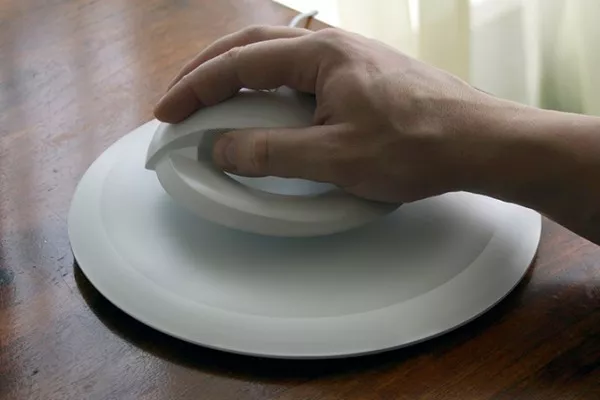Is this wireless levitating mouse the future for people suffering from Carpal Tunnel?


Is this wireless levitating mouse the future for people suffering from Carpal Tunnel?


Any active computer user can be prone to Carpal Tunnel Syndrome.
The number of people with access to the internet has grown from 0.3% of the global population in 1993, to 40.4% in 2014. There are currently over 3 billion people online. There are more people with computer access than ever before. According to Ofcom’s Media Use and Attitudes 2015 report, the average adult spends more than 20 hours online a week. Young people aged between 16 and 24, are spending more than 27 hours a week on the internet.
What does this mean? It means increased exposure to repetitive motion, movement, and ultimately a higher chance of Median nerve dysfunction which is the cause of Carpal Tunnel.
As a result, it is essential to use new technology to prevent repetitive strain and movement. There are many new pieces of tech to help; voice-recognition software, ergonomic desks, break alert software, but by far the most interesting of all is the ‘BAT’.

The ‘BAT’, is a levitating wireless computer mouse developed by Russian designer Vadim Kibardin.
This futuristic and awe-inspiring set consists of a mouse pad and floating mouse with a magnetic ring.
The goal of the product is eliminate tingling, numbness, and muscle damage in the hand caused by over exposure to a mouse by moving the design to an ergonomic position.
The product was first designed in 2013, and is currently in its testing period. We are yet to know a release date, but the images below look very exciting.
This new technology in conjunction with the proven Carpal Solution Treatment could help a great number of people get back to work who have had to pause their careers due to this debilitating condition. The key is employing a proven natural treatment combined with reducing repetitive stress with a better ergonomic work space. Technology continues to improve our lives in amazing ways.


Images courtesy of Kibardin Design
 Created by renowned Harvard health care professionals.
Created by renowned Harvard health care professionals. 



